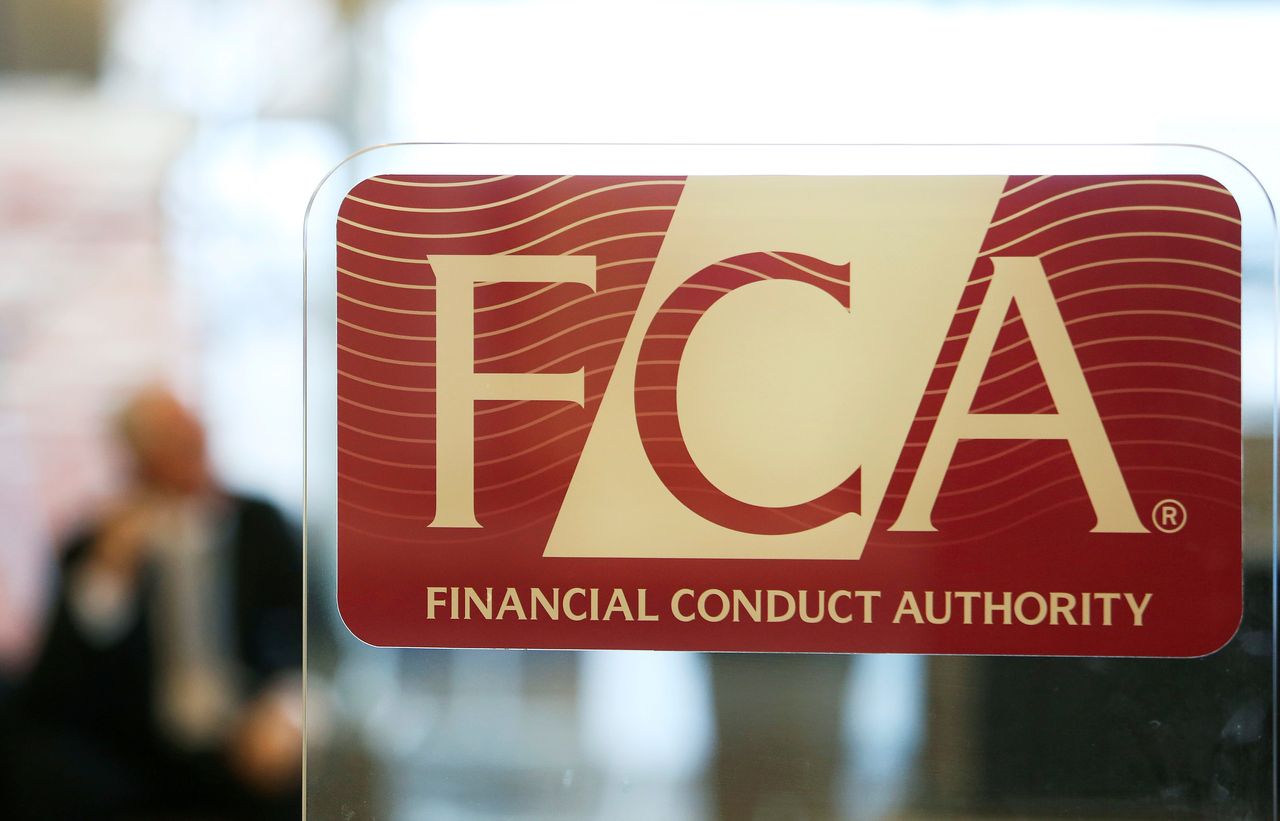Record amounts of capital gains tax (CGT) were recorded in the 2020/21 tax year, HMRC has reported.
Figures have revealed the total amount of CGT liability was £14.3bn for 323,000 taxpayers, and this liability was realised on £80bn of gains.
The total CGT liability increased by 42% from the previous year, while the amount of gains and number of taxpayers have increased by 19% and 20% respectively.
Most CGT comes from the small number of taxpayers who makes the largest gains. In 2020/21, 45% of CGT came from those who made gains of £5m or more, although this group represents less than 1% of CGT taxpayers each year. As income and size of gain increased in 2020/21, however, the number of individual taxpayers decreased. In that year, 47% of gains for CGT-liable individuals came from the 13% of individuals with taxable incomes above £150,000, the additional rate threshold for income tax.
As in previous years, London and the South East of England combined account for around 40% of CGT taxpayers and approximately half of total gains and liability in 2020/21.
“CGT is clearly becoming a very valuable tax for HMRC, delivering £14.3bn to the taxman in 2020/21, £3.8bn higher than the previous year,” commented Canada Life technical director, Andrew Tully. “CGT receipts are growing rapidly from a relatively modest £3.8bn in 2012/13 to the current £14.3bn which means the government’s income has more than tripled in 10 years.
“A fair proportion of this marked upturn in receipts can be explained by the increase in rate for gains on disposals of property to 18% and 28%, together with the introduction of CGT for offshore trusts and non UK resident individuals on the disposal of interests in UK land and property with effect from 6 April 2019.
“With the £12,300 annual CGT exemption frozen until 2026 and inflationary increases in the value of assets, the amount raised in CGT is likely to continue increasing. The OBR is predicting it will reach an incredible £20.7bn by 2026.”
In the 2021/22 tax year, HMRC reported that the CGT on UK property service was used by 129,000 taxpayers who filed 137,000 returns, to report just over £1.7bn tax liability accrued on residential property disposals.
This represents an increase in tax liability of nearly 50% in comparison to the 2020/21 tax year, and is mainly driven by increases in the number of taxpayers using the service – and the number of property disposals reported increases of 52% and 45% respectively.
“There is a considerable amount of planning which can reduce CGT bills,” Tully added. “The simplest is holding assets within tax-efficient wrappers such as pensions and ISAs, rather than as direct investments.
“Investment bonds also have a key role to play where other tax advantaged investment wrappers have been fully utilised, being able to shelter gains made in the underlying funds until withdrawals in excess of the cumulative 5% allowance or full surrenders are made. Where gains do arise, these are subject to income tax, not CGT.
“People could also consider transferring assets into joint names if married or in a civil partnership, or spreading disposals over different tax years.”
Latest News
-
Bank of England cuts interest rates to 3.75%
-
Inflation falls to lowest rate since March
-
Annual house price growth dips to 1.7% – ONS
-
IMLA forecasts sustained growth for mortgage market
-
Younger landlords driving limited company BTL ownership – Paragon Bank
-
Majority of intermediaries see Govt policy as biggest risk to mortgage market
Perenna and the long-term fixed mortgage market

Content editor, Dan McGrath, spoke to head of product, proposition and distribution at Perenna, John Davison, to explore the long-term fixed mortgage market, the role that Perenna plays in this sector and the impact of the recent Autumn Budget
The role of the bridging market and technology usage in the industry
Content editor, Dan McGrath, sat down with chief operating officer at Black & White Bridging, Damien Druce, and head of development finance at Empire Global Finance, Pete Williams, to explore the role of the bridging sector, the role of AI across the industry and how the property market has fared in the Labour Government’s first year in office.
NEW BUILD IN FOCUS - NEW EPISODE OF THE MORTGAGE INSIDER PODCAST, OUT NOW

Figures from the National House-Building Council saw Q1 2025 register a 36% increase in new homes built across the UK compared with the same period last year, representing a striking development for the first-time buyer market. But with the higher cost of building, ongoing planning challenges and new and changing regulations, how sustainable is this growth? And what does it mean for brokers?
Does the North-South divide still exist in the UK housing market?

What do the most expensive parts of the country reveal about shifting demand? And why is the Manchester housing market now outperforming many southern counterparts?
In this episode of the Barclays Mortgage Insider Podcast, host Phil Spencer is joined by Lucian Cook, Head of Research at Savills, and Ross Jones, founder of Home Financial and Evolve Commercial Finance, to explore how regional trends are redefining the UK housing, mortgage and buy-to-let markets.
In this episode of the Barclays Mortgage Insider Podcast, host Phil Spencer is joined by Lucian Cook, Head of Research at Savills, and Ross Jones, founder of Home Financial and Evolve Commercial Finance, to explore how regional trends are redefining the UK housing, mortgage and buy-to-let markets.
© 2019 Perspective Publishing Privacy & Cookies










Recent Stories